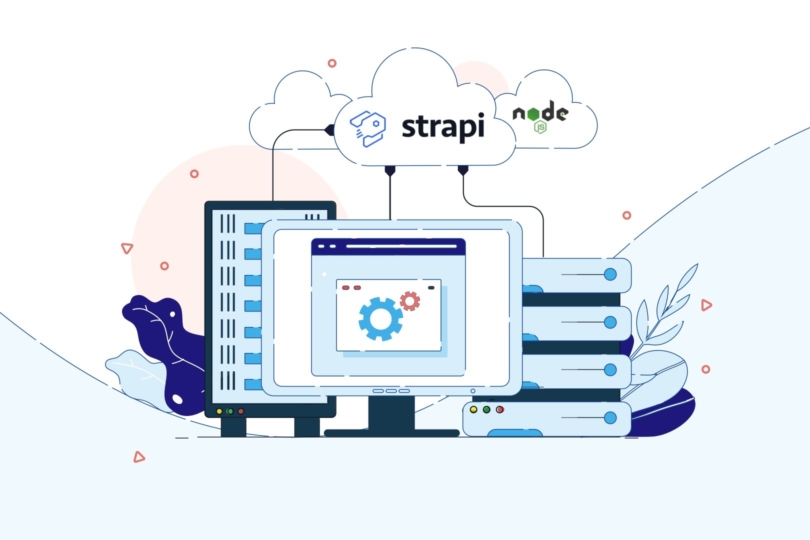Blog
Understanding the Headless Nature of Strapi CMS
In the constantly evolving world of web development, choosing the right Content Management System (CMS) can make a considerable difference in creating, managing, and delivering digital content. One such CMS that has gained substantial attention due to its unique architecture is Strapi. Known as a headless CMS, Strapi offers a fresh approach to content management that's quickly gaining popularity among developers and businesses alike. In this article, we'll delve into understanding the headless nature of Strapi CMS.
The term "headless" refers to the separation of the "head" (the front-end or the presentation layer) from the "body" (the back-end or the content repository). In a traditional CMS, these two components are tightly coupled, meaning the back end where the content is stored and managed is intrinsically linked with the front end where the content is presented. However, a headless CMS like Strapi breaks this connection. But why would one opt for a headless approach?

The headless nature of Strapi CMS provides unparalleled flexibility in content delivery. Instead of being limited to a single presentation layer, a headless CMS can deliver content to any platform that can connect to its API, be it websites, mobile apps, smart devices, or other digital touchpoints. This omnichannel content delivery is particularly crucial in today's multi-device, digital-first world.
This decoupled architecture also allows front-end developers to work with their preferred tools and frameworks, whether it be React, Vue, Angular, or Gatsby. They are not tied down to the templating system of the CMS. The freedom to choose the technology stack can enhance development speed, efficiency, and overall project quality.
Furthermore, a headless CMS like Strapi offers greater scalability. As the content management back-end and presentation layer are separated, they can be scaled independently based on their individual needs. This means you can manage and deliver high volumes of content without compromising the performance of your application.
Security is another area where Strapi CMS shines. As the content delivery is done via API calls, the surface for potential attacks is significantly reduced. Plus, Strapi offers robust built-in security features, such as role-based access control, to further bolster content security.
Now, you may wonder how one can leverage these benefits. This is where "Strapi CMS development services" come into the picture. Professional Strapi CMS development services can assist in the seamless implementation of Strapi, ensuring you unlock its full potential. From setting up the CMS, creating data structures, and defining user roles to integrating with front-end tools and deploying the application, these services cover all aspects of Strapi CMS development.
To sum up, the headless nature of Strapi CMS is a game-changer in the realm of web development. By providing omnichannel content delivery, technological flexibility, scalability, and enhanced security, it equips businesses with the tools they need to succeed in the digital age. If you're considering transitioning to a headless CMS, Strapi might just be the ideal solution for your needs. With the help of professional Strapi CMS development services, you can ensure a smooth and efficient transition, reaping the benefits of a flexible, scalable, and secure content management system.